Good, better, best CFL
ionized_gw
11 years ago
Related Stories
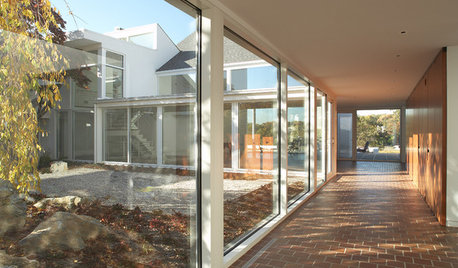
GREAT HOME PROJECTSUpdate Your Windows for Good Looks, Efficiency and a Better View
Great home project: Replace your windows for enhanced style and function. Learn the types, materials and relative costs here
Full Story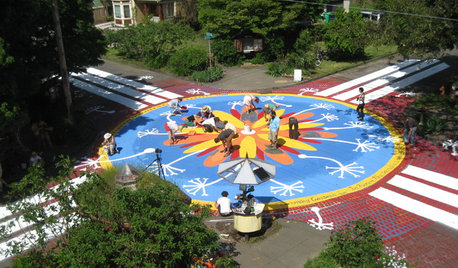
COMMUNITY15 Ways to Make Your Neighborhood Better
Does your community lack ... well, a sense of community? Here's how to strengthen that neighborly spirit
Full Story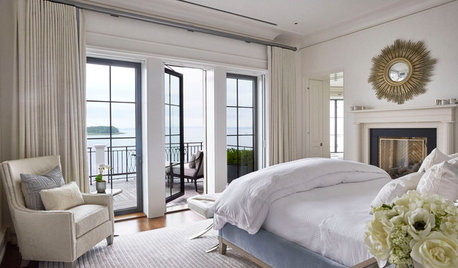
FEEL-GOOD HOMEIs Your Bedroom Designed for a Good Night’s Sleep?
Find out how the right nightstands, bedding, rugs, TV and storage can help you get more restful slumber
Full Story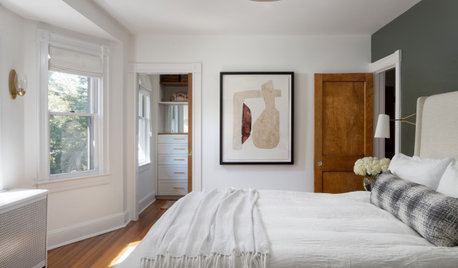
FEEL-GOOD HOME10 Ideas to Make Every Day at Home a Little Better
Consider some simple changes and fun tips for brightening your world
Full Story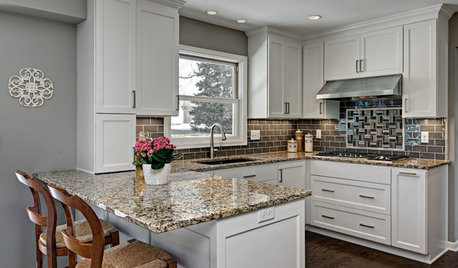
BEFORE AND AFTERSSmall Kitchen Gets a Fresher Look and Better Function
A Minnesota family’s kitchen goes from dark and cramped to bright and warm, with good flow and lots of storage
Full Story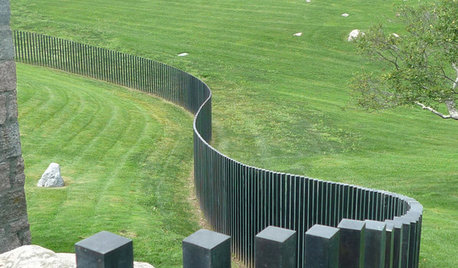
LANDSCAPE DESIGNGood Fences, Good Neighbors — and Good Views
See-through vertical fencing connects a yard with its surroundings while keeping children and pets safely inside
Full Story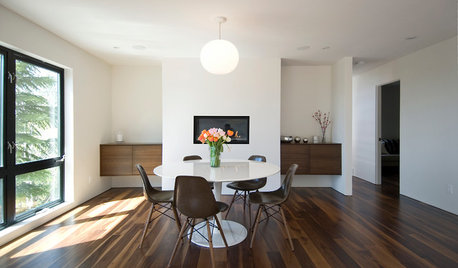
DECORATING GUIDESHow to Create Better Flow in Your Home
Learn how much room to allow for furniture, and tricks you can use to make the most of a tight space
Full Story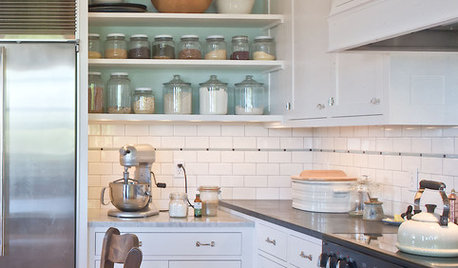
KITCHEN DESIGNLove to Bake? Try These 13 Ideas for a Better Baker's Kitchen
Whether you dabble in devil's food cake or are bidding for a bake-off title, these kitchen ideas will boost your baking experience
Full Story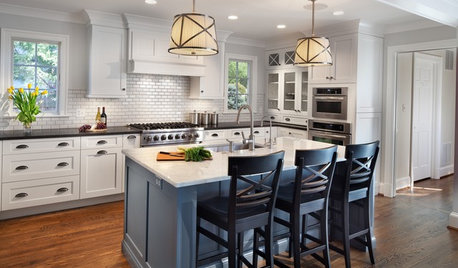
KITCHEN OF THE WEEKKitchen of the Week: Casual Elegance and Better Flow
Upgrades plus a new layout make a D.C.-area kitchen roomier and better for entertaining
Full StoryMore Discussions






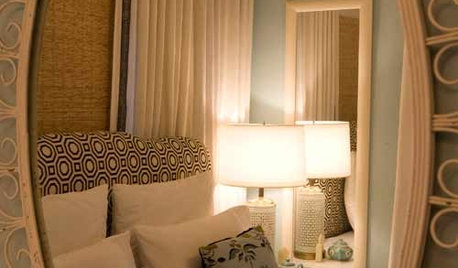
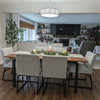
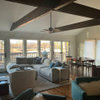
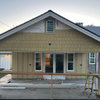
David
ionized_gwOriginal Author
Related Professionals
Green Bay Lighting · Brooklyn Furniture & Accessories · Houston Furniture & Accessories · Lake Zurich Furniture & Accessories · Roswell Furniture & Accessories · Spartanburg Furniture & Accessories · Bloomingdale Interior Designers & Decorators · Fountain Hills Interior Designers & Decorators · Gloucester City Interior Designers & Decorators · Morton Grove Interior Designers & Decorators · Struthers Interior Designers & Decorators · Orlando Electricians · Reading Decks, Patios & Outdoor Enclosures · Spokane Decks, Patios & Outdoor Enclosures · Towson Decks, Patios & Outdoor Enclosuresionized_gwOriginal Author
attofarad
ionized_gwOriginal Author